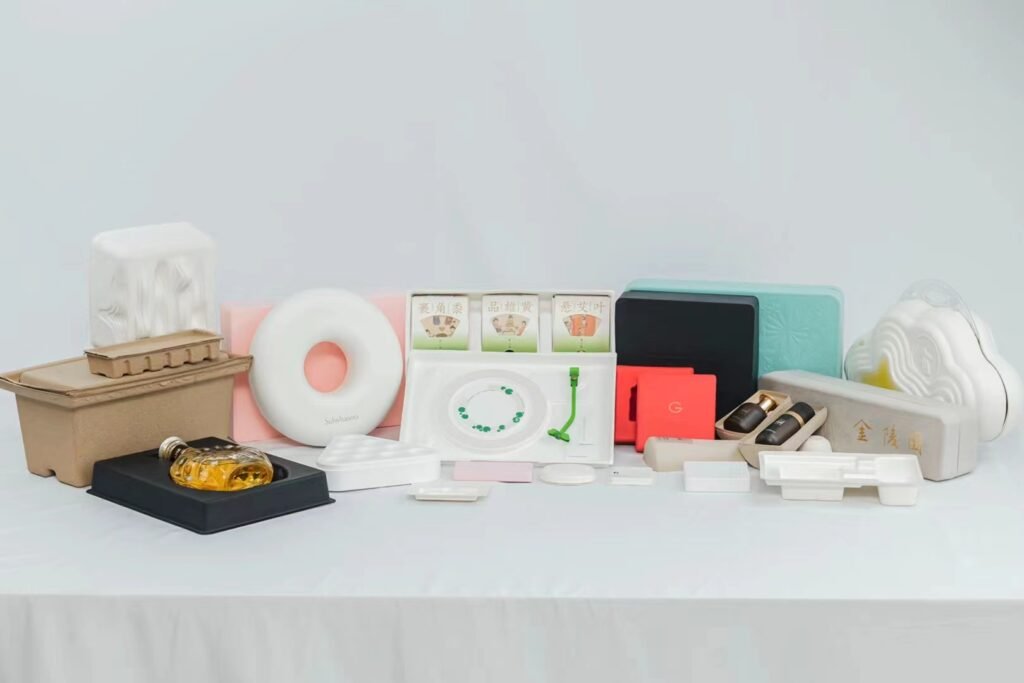Are you tired of seeing plastic waste everywhere? It’s everywhere we look—oceans, streets, and even in our food. As a society, we’ve reached a tipping point where the need for sustainable solutions is undeniable. Bagasse tableware presents a promising alternative to conventional plastic products. But how does it truly impact our environment?
Bagasse, a byproduct of sugarcane processing, offers an eco-friendly solution to our growing waste problem. Unlike plastic, which can take hundreds of years to decompose, bagasse tableware is biodegradable and compostable. This means it can break down in a matter of months, returning nutrients to the soil without leaving harmful residues.
Let’s delve deeper into how bagasse tableware can help us tackle environmental challenges.

What Makes Bagasse Tableware Environmentally Friendly?
Bagasse tableware is produced from the fibrous residue left after extracting juice from sugarcane. This byproduct is abundant and renewable. By repurposing waste material, we reduce the need for new resources and cut down on waste. The process of making bagasse tableware uses less energy and water compared to traditional plastic manufacturing.
Furthermore, bagasse products are biodegradable and compostable. When disposed of, they break down naturally within 90 days in a composting environment, unlike plastics that can persist for centuries. This quick decomposition helps in reducing landfill mass and minimizing soil and water pollution.
How Does Bagasse Decomposition Benefit the Environment?
When bagasse decomposes, it enriches the soil with organic matter. This process helps in improving soil health and fertility. Additionally, composting bagasse reduces methane emissions, a potent greenhouse gas produced when organic waste decomposes anaerobically in landfills.
Bagasse also plays a role in water conservation. The production process uses less water compared to plastics, and the products themselves don’t leach harmful chemicals into the groundwater when they break down. This makes bagasse a safer option for both the environment and human health.
Are There Any Downsides to Using Bagasse Tableware?
While bagasse tableware has many environmental benefits, it is not without challenges. One concern is the potential for contamination during the composting process. If bagasse products are not composted correctly or are mixed with non-compostable materials, they might not decompose as intended.
Additionally, the energy used in transporting bagasse products from production facilities to end-users can contribute to their carbon footprint. However, this impact is often lower compared to the entire lifecycle of plastic products.
How Can We Maximize the Benefits of Bagasse Tableware?
To maximize the environmental benefits of bagasse tableware, it is crucial to ensure proper composting. This means setting up efficient waste management systems that can handle compostable materials and educating consumers on how to dispose of bagasse products correctly.
Additionally, supporting local production can reduce transportation emissions and further lower the carbon footprint of bagasse tableware. Encouraging businesses and consumers to choose locally produced bagasse products can make a significant difference.

Frequently Asked Questions
What is bagasse?
Bagasse is the fibrous residue left after extracting juice from sugarcane. It is an abundant and renewable resource that is often used to make eco-friendly tableware.
How long does it take for bagasse tableware to decompose?
Bagasse tableware can decompose within 90 days in a composting environment, returning nutrients to the soil without leaving harmful residues.
Is bagasse tableware safe for food use?
Yes, bagasse tableware is safe for food use. It does not contain harmful chemicals and does not leach toxins into food.
Can bagasse tableware be used for hot and cold foods?
Bagasse tableware is versatile and can be used for both hot and cold foods. It is microwave-safe and can handle hot liquids and foods without degrading.
How should I dispose of bagasse tableware?
For optimal environmental benefits, dispose of bagasse tableware in a composting environment. If composting is not available, check local recycling and disposal guidelines to ensure proper handling.
Conclusion
In conclusion, bagasse tableware offers a sustainable alternative to plastic. Its ability to biodegrade and compost quickly, along with its production from renewable resources, makes it an excellent choice for reducing environmental impact. However, to fully harness its benefits, proper waste management and local production are essential.
Transitioning to bagasse tableware can be a significant step towards a greener future. By making conscious choices, we can collectively reduce our ecological footprint and promote a healthier planet.
Let’s embrace bagasse tableware and take a step towards a more sustainable lifestyle. Every small change counts in the fight against environmental degradation.

